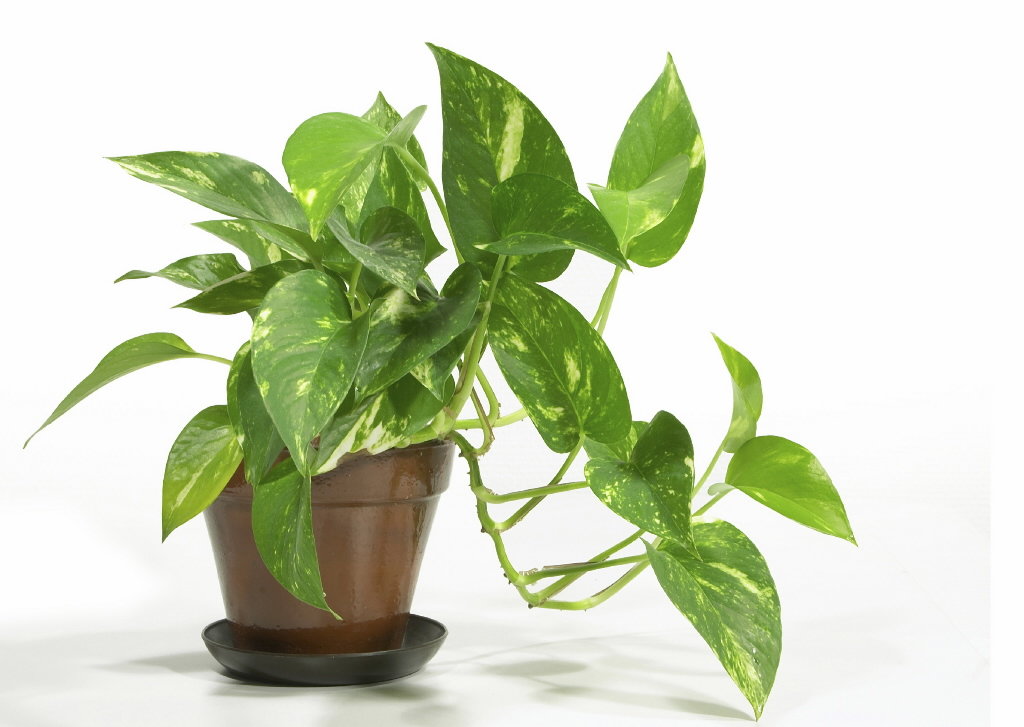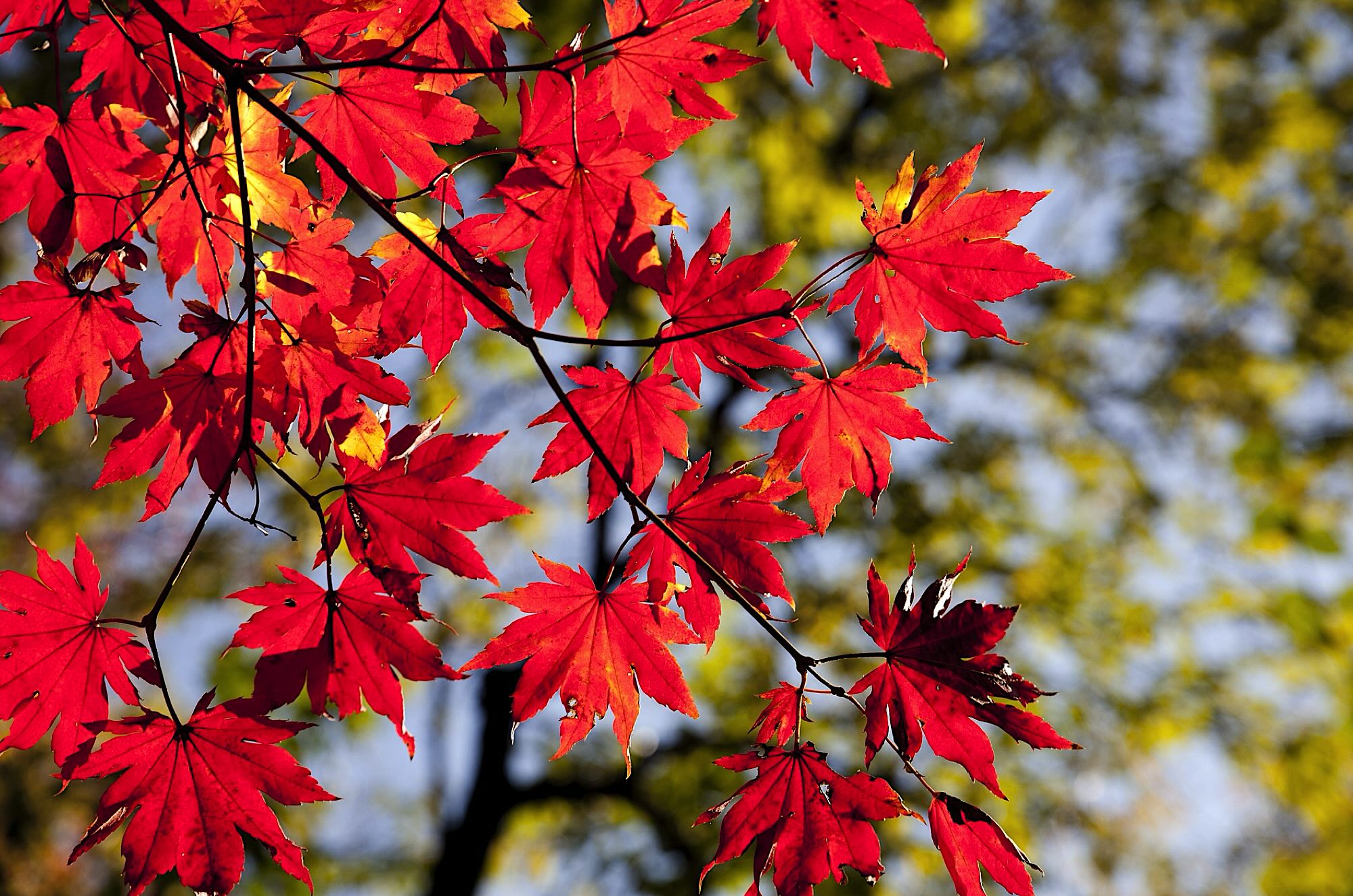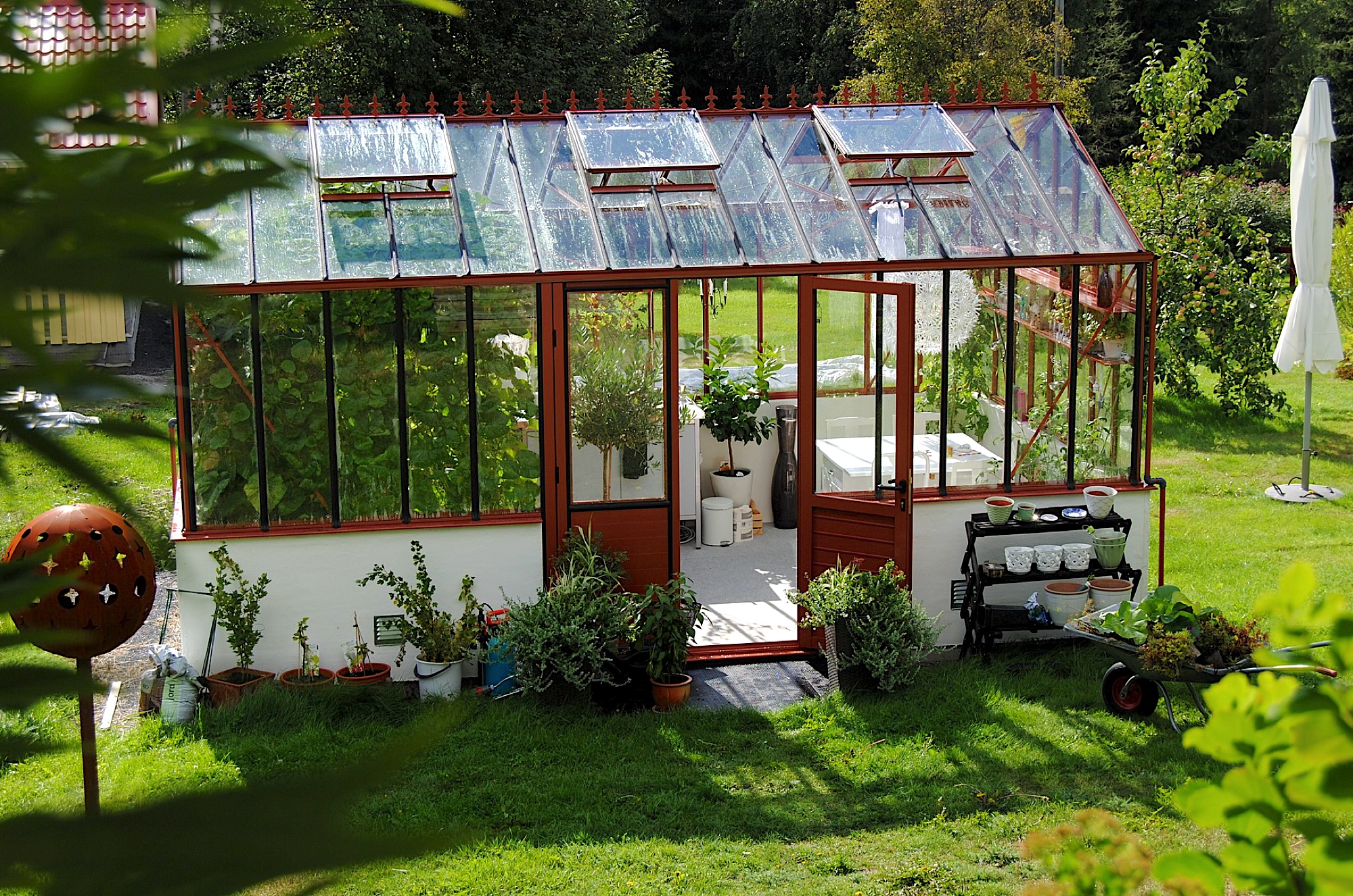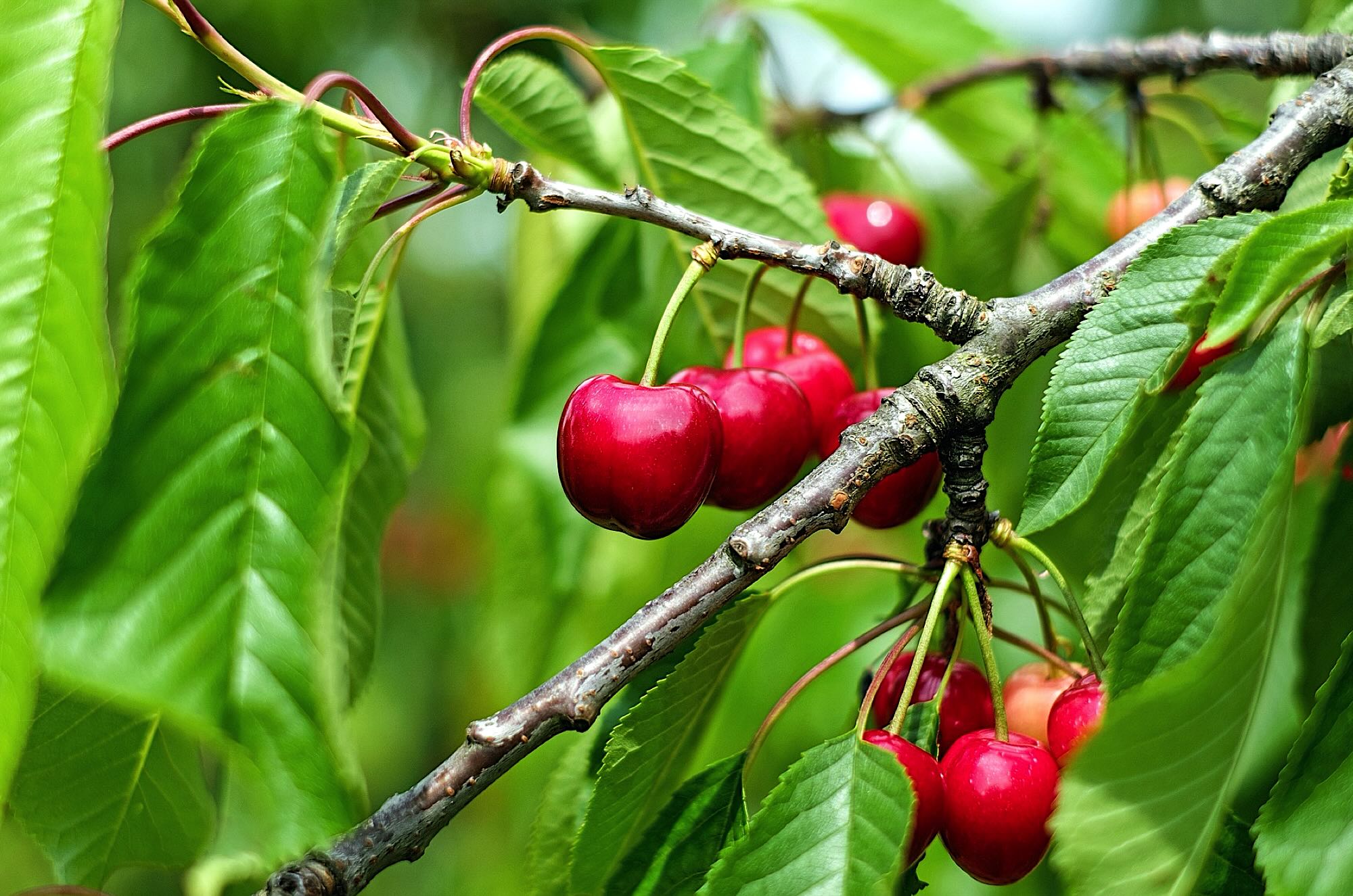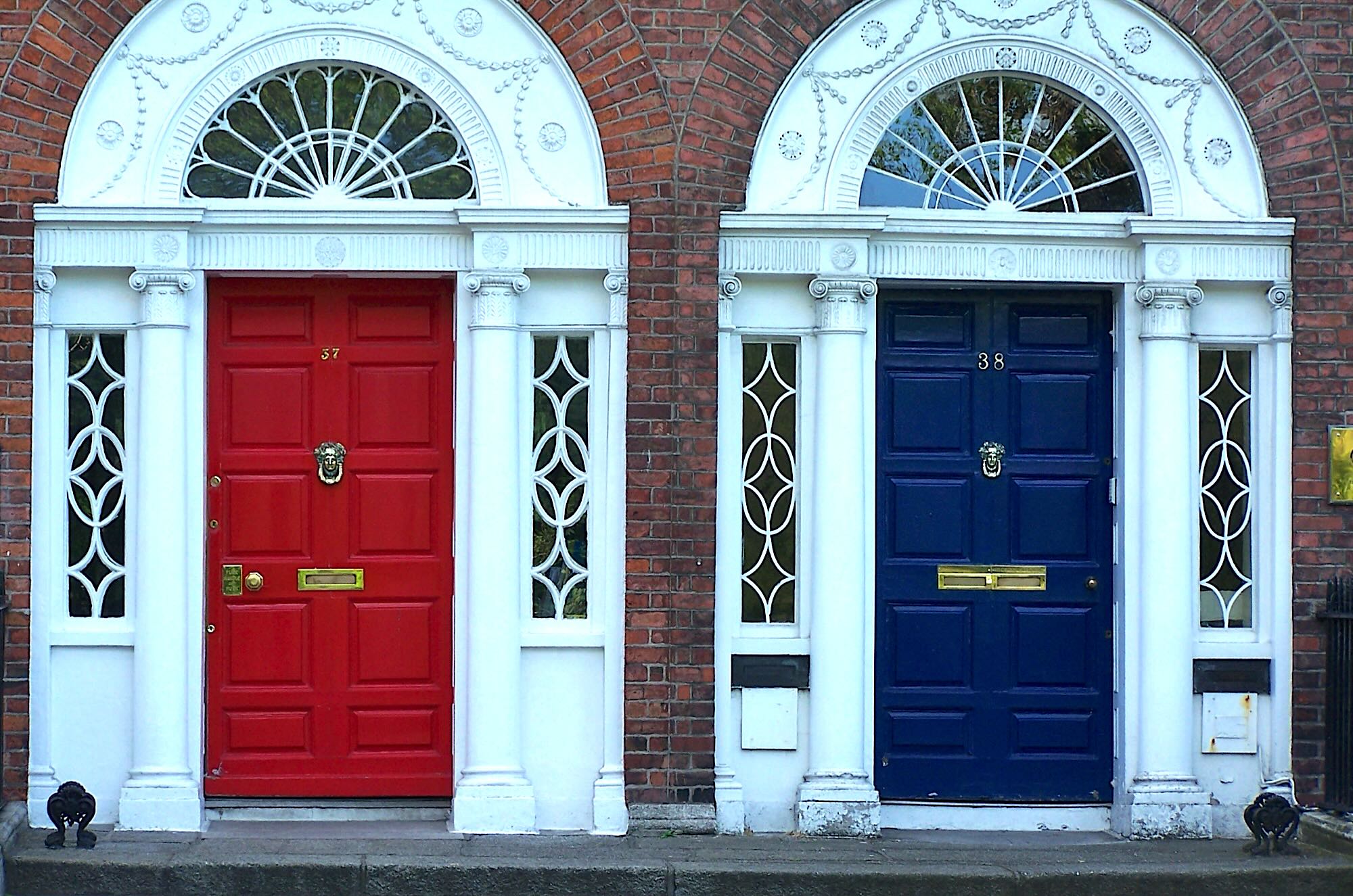January is a good month to look at your home environment for opportunities to detox, go green, and get eco-friendly. Making do, making your own, and doing good are what it’s all about. Here in the Columbia Valley, our winters help us to reflect on the indoor environment. Here are some tips to make your home a little more eco-friendly.
Plants purify the air that we breathe and some species will actually remove toxins such as benzene and formaldehyde. As plants respirate, or breathe, they’re taking in carbon dioxide and releasing pure oxygen. That’s why a room with lots of plants encourages a deep breath. It’s because the extra oxygen feels good. Choose plants that are suitable for your space and ability. In the kitchen, food herbs are very easy to grow and make a nice addition to the menu.
Chemical cleaners can add to the overall toxin load in your home. Consider making your own for windows, bathroom disinfection, and kitchen sanitizing. Bleach is one of the most eco-friendly and safe cleaners available. It decomposes back to the principal ingredient, salt, within a few hours. Ammonia, vinegar, lemon juice, and green tea are a few ingredients in homemade cleaning solutions that are inexpensive and all natural. Recipes are available online for easy reference.
Water is the most important element for good health. Older pipes and apartment plumbing can leave a bad taste. While this is off-putting, poor water quality could also be a sign of contaminants like excessive copper, sulphur, and lead. Contaminated water can have direct, negative health effects such as developmental problems in children and cognitive disorders in adults. The good news is that your tap water can be purified using an under the sink reverse osmosis filter system. Water is also an ingredient in cooking so when you use filtered water, you’ll naturally improve the taste of coffee, tea, pasta, and other dishes that rely on it.
Look around your home for ways to remove plastic from the waste stream. Fabric grocery bags or totes are a little more work to manage but they save trees and keep plastic out of the environment. If you still prefer plastic, bring your own bags to the grocery store. They tuck into a pocket or purse easily and you’ll save a nickel on each one. Sturdy plastic bags can be recycled into kitchen-catcher garbage bags. The handy loops can be tied into knot to keep everything neat.
For a wood and paper alternative, consider bamboo. It’s one of the fastest growing species of plants in the world. It can be used to make paper, furniture, hardwood flooring, and even fabric! When cellulose is extracted from bamboo it can be spun into a luxurious silky textile that is perfect for sheets and garments in place of linen. It’s a wonder plant that we’ll see a lot more of in the future.
Questions or comments? Want to talk about your next real estate transaction? Contact a Columbia Valley REALTOR® today.

